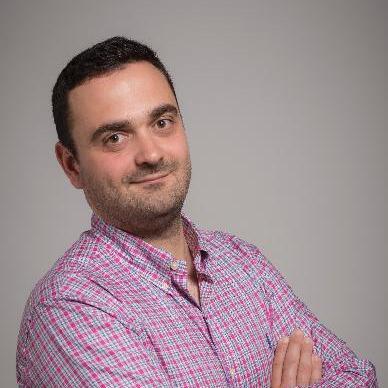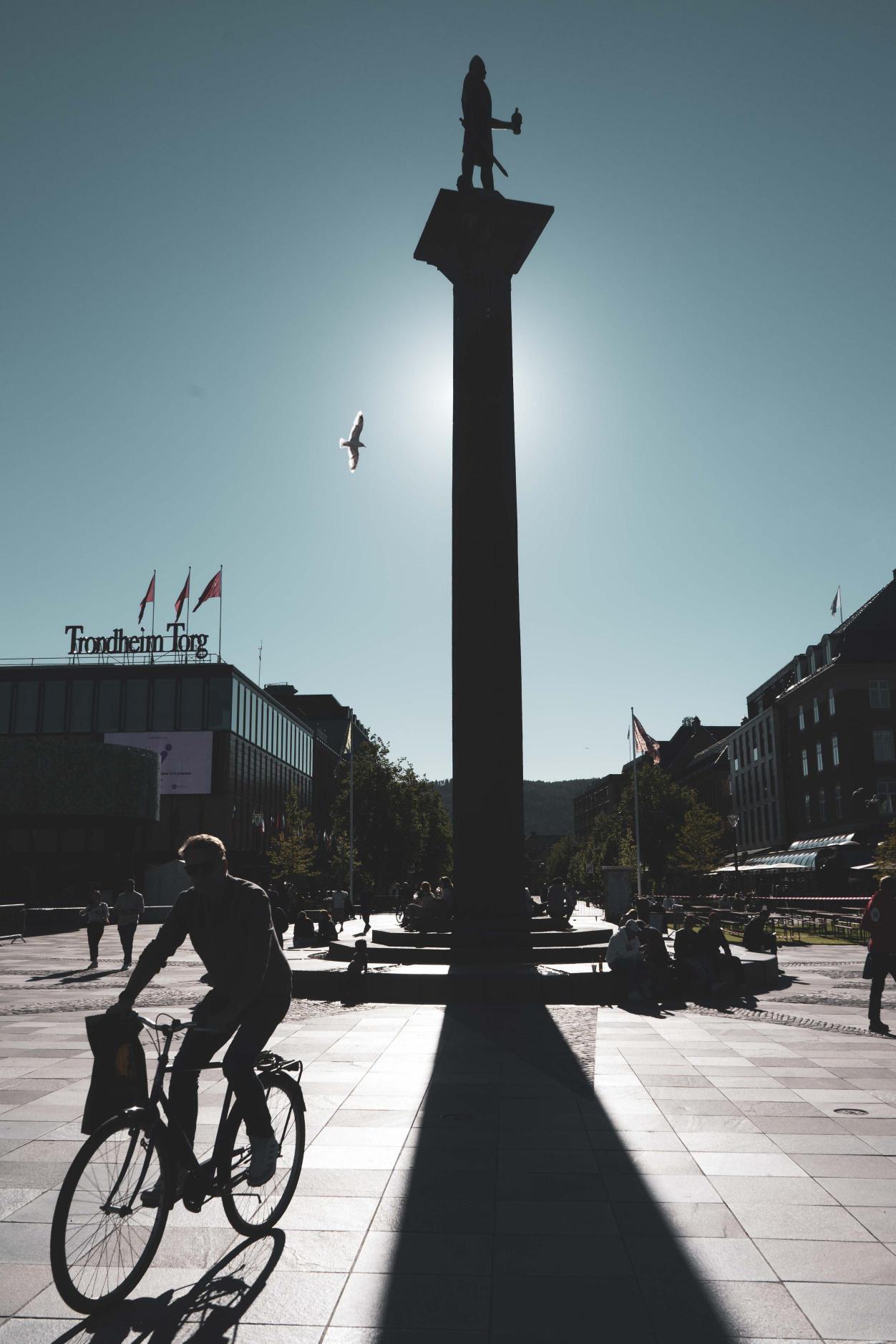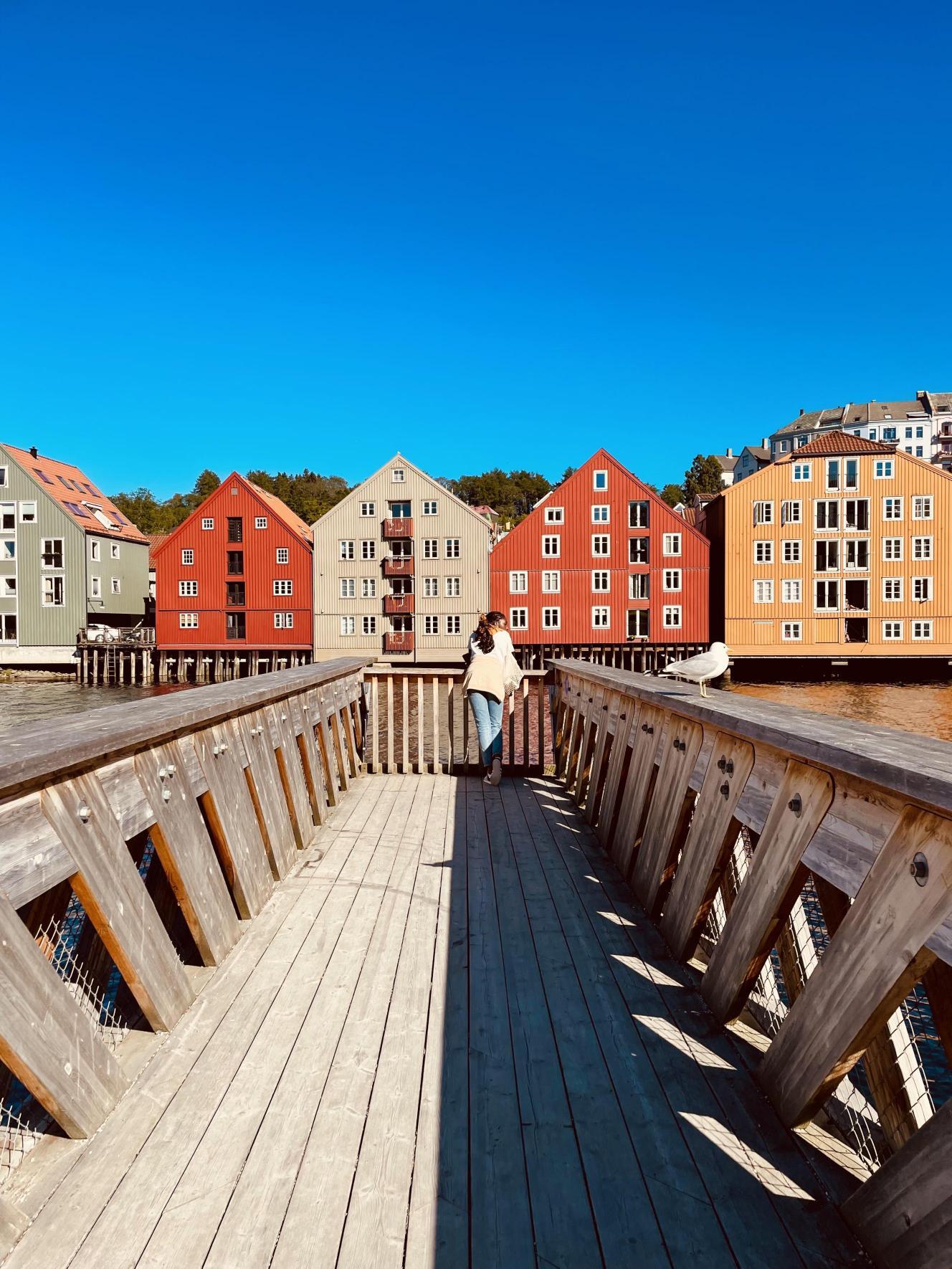Single paper presentations
Single paper presentations can be used to showcase finished work. Abstracts that do not contain data could be accepted as presentations, but only if they form an added value for the program (e.g., discussions of methodological issues). For research plans, posters are more appropriate and for work in progress, roundtable presentations are most suitable.
Single paper sessions are scheduled for 90 or 105 minutes and include four or five presentations. Presentations are a maximum of 10 minutes with 10 minutes for discussion.
Roundtables
Roundtables present work in progress, and aim to act as a starting point for discussions regarding design, analysis and other issues related to working with process measures.
Roundtable sessions are scheduled for 90 minutes and allow for 10 minute project introductions that end with a discussion starter or question and 10 minutes for discussion.
Poster presentations
The poster session will provide researchers with an opportunity to discuss their research plans with participants. Posters will be left to hang for the whole conference, and participants will be asked to be available for questions and discussion during the interactive poster session. Posters are the most appropriate format for research plans because they allow for optimal interactivity.
The poster session is scheduled for 120 minutes. The interactive poster session focuses on in-depth discussions between the presenters and the audience. Materials for fixing posters on the walls or poster boards will be provided.
Symposia
Symposia consist of 3 presentations and a discussion and take 75 minutes. Presentations should come from at least 3 different countries. For symposiums, we require high quality submissions where the contributions form a coherent whole. The submission consists of 3 abstracts plus an additional abstract that explain the overarching goal of the symposium and the discussant involved. Reviewers will be required to judge the symposium as a whole as well as individual contributions. If the quality of the symposium as a whole is insufficient, we can decide to invite individual contributions to present or bring a poster, based on the ranking of individual contributions.
The symposia include 10 minutes for presentation and 5 minutes for question time per speaker, 15 minutes for the discussant, and 15 minutes for open discussion.
You can use your own laptop to show the presentation slides, or if needed, send your slides in advance to kshitij.sharma@ntnu.no, and we will make them ready for you to present.
See the detailed submission guidelines thought the link below!







